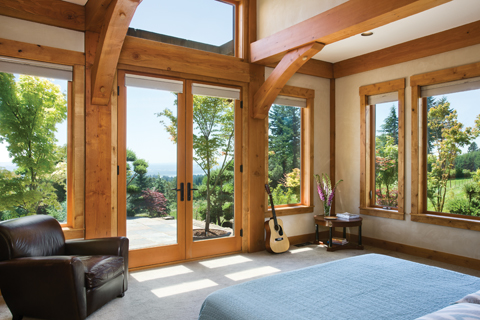The impact of harsh winter weather is a big concern for many homeowners, and Michael Leahy’s cabin in northern Minnesota is no exception. To help mitigate the effects of subfreezing temperatures, Leahy has outfitted his home with a customized system that monitors everything from furnace function and propane levels to activity on the property. “Roughly 50 to 100 things around the cabin can be monitored and controlled remotely,” says Leahy. “Besides the usual lamps, appliances, cameras, and motion, smoke, and freeze sensors the home automation system also automatically mutes the TV speakers for a predetermined amount of time when triggered during commercials, heats the cabin up for us (or cools it off) prior to arrival, remotely waters the flower beds, and adds many other such conveniences.” Leahy can even remotely reboot the cabin’s computer via the telephone line if he needs to.
Smarter homes sound like the stuff of science fiction. A virtual fence that detects your presence within a block (or a mile) of your home. Smart lights that sense the amount of natural light in a room and adjust to maintain a steady brightness. There are even smart pet feeders that provide a perfectly portioned amount of food at preset times so that Fido never has to wait for dinner. Many of these products also utilize IFTTT (if this then that) capability, so you can program them to react to changing conditions.

Lucky for us, it’s not just science fiction anymore: technology to help manage your home from afar has improved exponentially over the past few years, making smart technology that was once just a dream now a reality that’s available to just about anyone.
Peace of Mind
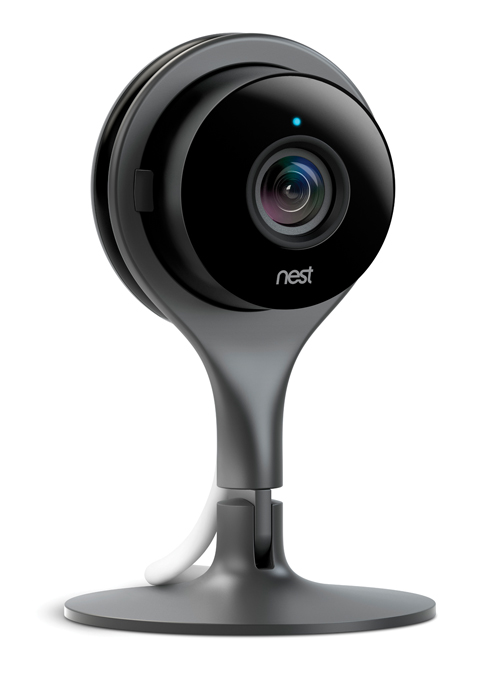 Sure, a simple remotely monitored intruder alarm gives peace of mind, but there’s much more you can do to keep your home secure before a break-in occurs. A secure home should have exterior lights with motion sensors as well as exterior cameras that can notify you on your smartphone if someone is on your property and allow you to view the video from the security camera in real time.
Sure, a simple remotely monitored intruder alarm gives peace of mind, but there’s much more you can do to keep your home secure before a break-in occurs. A secure home should have exterior lights with motion sensors as well as exterior cameras that can notify you on your smartphone if someone is on your property and allow you to view the video from the security camera in real time.
New smart locks go beyond simple keypad entry and now allow you to lock or unlock your home via an app on your smartphone. You can also set your doors to automatically lock at a certain time or allow code access for certain date ranges only—a great feature for people who rent their homes to vacationers! Integration with smart phones even allows some locks to be opened with voice access, as long as you are within Bluetooth range.
We all rest easier knowing our home is in sound condition. The last thing you want to find when you come home is water or wind damage that you weren’t aware of. Water sensors can detect leaks and automatically shut off the water at your home, while sending you an alert so that you don’t come home to a flooded basement. And you won’t have to worry about the risk of frozen pipes if you can check your home’s temperature and have alerts sent to your phone when something is wrong.
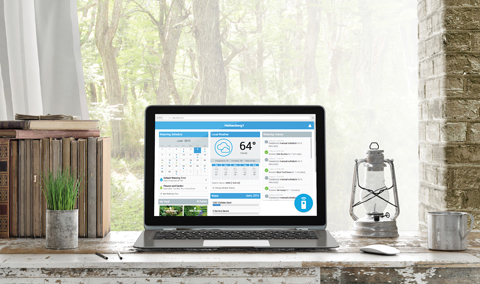
Energy Savings
Little things like lights left on or the thermostat set a degree or two too high can add up to big expenses at the end of a year. You can easily reduce your energy consumption by adding smart controls to your thermostat and lighting systems and by automating irrigation to avoid wasting water.
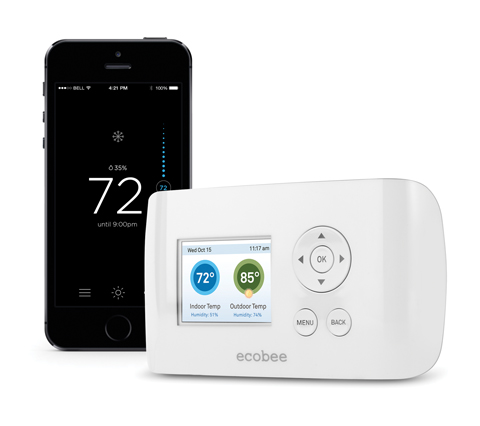 The newest home thermostats are changing the way we heat and cool our homes, as we’re no longer restricted to simply setting day, night, and vacation temperatures. Smart thermostats can check the temperature with remote sensors throughout your home, learn your occupancy patterns, and even send you an email or text when it’s time to replace your furnace filter. Smart vents can help you control air temperatures by room, so you can keep the air cold in the kitchen and cozy in the den.
The newest home thermostats are changing the way we heat and cool our homes, as we’re no longer restricted to simply setting day, night, and vacation temperatures. Smart thermostats can check the temperature with remote sensors throughout your home, learn your occupancy patterns, and even send you an email or text when it’s time to replace your furnace filter. Smart vents can help you control air temperatures by room, so you can keep the air cold in the kitchen and cozy in the den.
Motion0-sensing lights, both interior and exterior, are not just great for security and convenience. They also extend the life of your lightbulbs and reduce energy consumption. We’ve all wandered through our houses at some point turning off lights that were inadvertently left on. With smarter controls, perhaps those days are over!
Gone are the days of a simple timer for watering your garden. New smart irrigation systems can be programmed by zones that take into account vegetation type, soil composition, sun exposure, nozzle type, and the slope of your property. If it sounds complicated, don’t worry—these systems can walk you through the steps to make sure your landscaping looks better than ever.
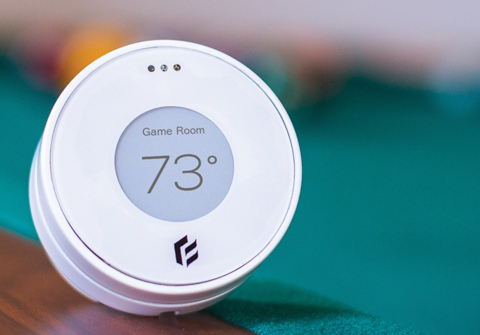
Control Your
Whole Home
To protect your investment in your log or timber home, you might consider a home automation system. Home automation systems are managed by a controller—think of it as your home’s brain. These systems control every facet of your home’s operation.
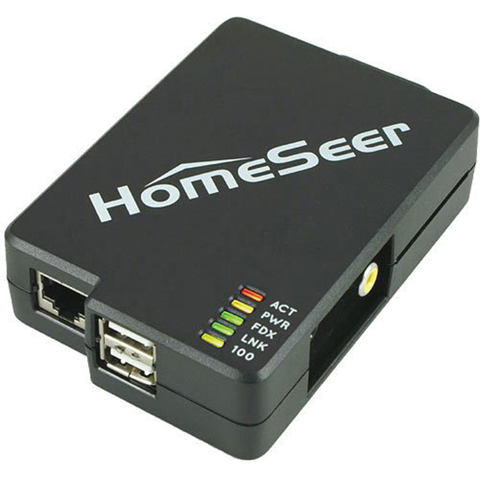 Many companies produce home automation systems; your builder or electrician can help you determine which system is best suited to your individual needs. Many of them need to be installed by an authorized dealer. One popular option that does it all is HomeSeer. The HomeSeer system allows you to automate and control almost anything about your home—from door locks to thermostats—from your computer, smartphone, or tablet.
Many companies produce home automation systems; your builder or electrician can help you determine which system is best suited to your individual needs. Many of them need to be installed by an authorized dealer. One popular option that does it all is HomeSeer. The HomeSeer system allows you to automate and control almost anything about your home—from door locks to thermostats—from your computer, smartphone, or tablet.
Another system that earns rave reviews
is Vera Smarter Home Control, which includes something called “geofencing” to detect whether a member of the household is arriving home. This allows it to automatically set the house to “home mode” or “away mode” based on your proximity. Because you set the geofence area yourself, you can have it detect your arrival at the distance of your choosing and configure it right on your phone via Vera’s app.
If you are not ready for a whole-house system, an increasing number of affordable but sophisticated off-the-shelf products like Nest can help you automate and remotely control many features at your home. If you start with a smart Nest thermostat, it can connect with many other smart accessories and appliances in your home, including your water heater, lights, and clothes washer.

